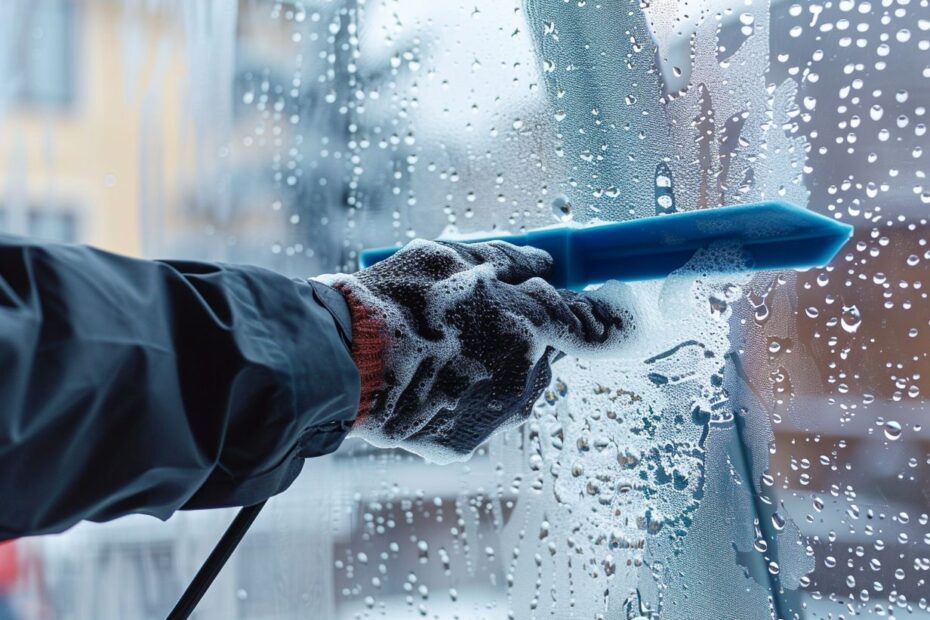Ensuring the longevity and effectiveness of your coated and treated windows is crucial for their performance and appearance. Neglecting proper maintenance can lead to a range of issues that could impact the functionality and aesthetics of your windows.
We will explore the importance of maintenance for coated and treated windows, what can happen if they are not properly cared for, and the best practices for keeping them in top condition. From regular cleaning to protecting them from damage, we will cover everything you need to know to ensure your windows stay looking great and functioning properly.
Let’s dive in and learn how to properly care for your coated and treated windows!
Why is Maintenance Important for Coated and Treated Windows?
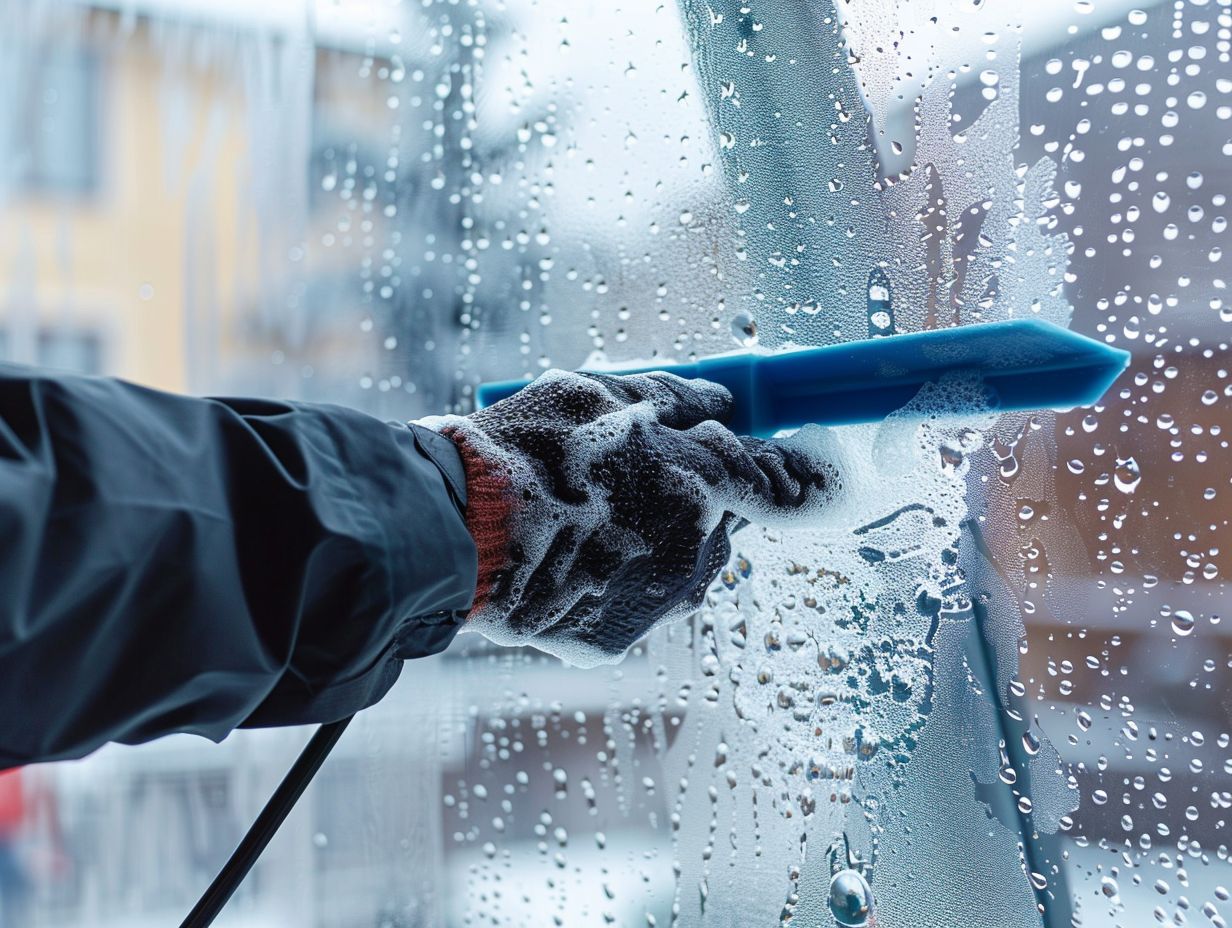
Proper maintenance is crucial for ensuring the longevity and effectiveness of coated and treated windows. Regular maintenance practices not only preserve the aesthetic appeal of windows but also safeguard them against external elements and wear and tear.
Coated and treated windows are equipped with protective coatings that enhance their durability and resilience to environmental factors. By following best practices in glass maintenance, such as gentle cleaning with specialized solutions and avoiding abrasive materials, you can maintain the UV resistance and scratch-resistant properties of these windows. This proactive approach not only extends the lifespan of the windows but also ensures optimal clarity and functionality for years to come.
What Happens if Coated and Treated Windows are Not Maintained?
Neglecting the maintenance of coated and treated windows can lead to a range of adverse consequences. Exposure to weather elements, residue buildup, and neglecting repairs can compromise the windows’ integrity and functionality, leading to issues such as mold growth, condensation, and even potential leakage.
Such neglect can accelerate the deterioration of the window coatings, causing them to lose their weatherproofing properties over time. As a result, the windows become more susceptible to damage from rain, wind, and UV rays, hastening their wear and tear. The accumulation of dirt and grime on untreated windows can seep into the crevices, leading to corrosion and rust, which can significantly reduce the lifespan of the windows. Regular maintenance is essential to preserve the structural integrity and longevity of coated and treated windows.
Best Practices for Maintaining Coated and Treated Windows
Implementing best practices for the maintenance of coated and treated windows is essential to ensure their optimal performance and longevity. These practices encompass regular cleaning, inspections, and the use of appropriate treatments to enhance energy efficiency and maintain clear visibility.
Regular cleaning of windows is crucial to prevent the buildup of dirt, grime, and pollutants that can deteriorate the coating over time. It is recommended to use mild, non-abrasive cleaners and soft cloths to avoid damaging the treated surfaces.
In addition to DIY cleaning, professional window cleaning services can provide deeper cleaning and maintenance, especially for hard-to-reach windows. Ensuring that windows are properly sealed and insulated also contributes to energy efficiency and reduces heat loss, ultimately lowering utility costs.
Regular Cleaning
Regular cleaning of coated and treated windows is a fundamental maintenance task to prevent the buildup of residue, streaks, and hard water stains. Using a gentle cleaning solution, microfiber cloth, or appropriate applicators can effectively remove dirt and maintain the windows’ clarity.
It is essential to start by preparing your cleaning solution by mixing warm water with a small amount of mild dish soap or a vinegar-water solution. Apply the solution to the windows using a spray bottle or a dampened microfiber cloth. Gently wipe the surface in a circular motion to lift off the dirt and grime without leaving streaks. For stubborn stains or mineral deposits, consider using a mixture of water and white vinegar to dissolve the buildup before wiping it clean. Remember to dry the windows with a clean, dry microfiber cloth to prevent water spots and streaking for a pristine finish.
Avoid Harsh Chemicals
When cleaning coated and treated windows, it is crucial to avoid harsh chemicals that can damage the protective coatings and lead to residue or streaks. Opt for environmentally friendly cleaning solutions that are gentle on the windows and promote eco-friendly practices.
Harsh chemicals not only pose a risk to the integrity of the window coatings but also have negative environmental implications. These chemicals can leach into the soil and water systems, causing harm to ecosystems. By choosing eco-friendly cleaning alternatives such as homemade vinegar solutions or biodegradable cleaners, you not only protect your windows but also contribute to a healthier environment. These gentle solutions are often just as effective in removing dirt and grime without leaving behind streaks or residues that can mar the appearance of your windows.
Inspect for Damage
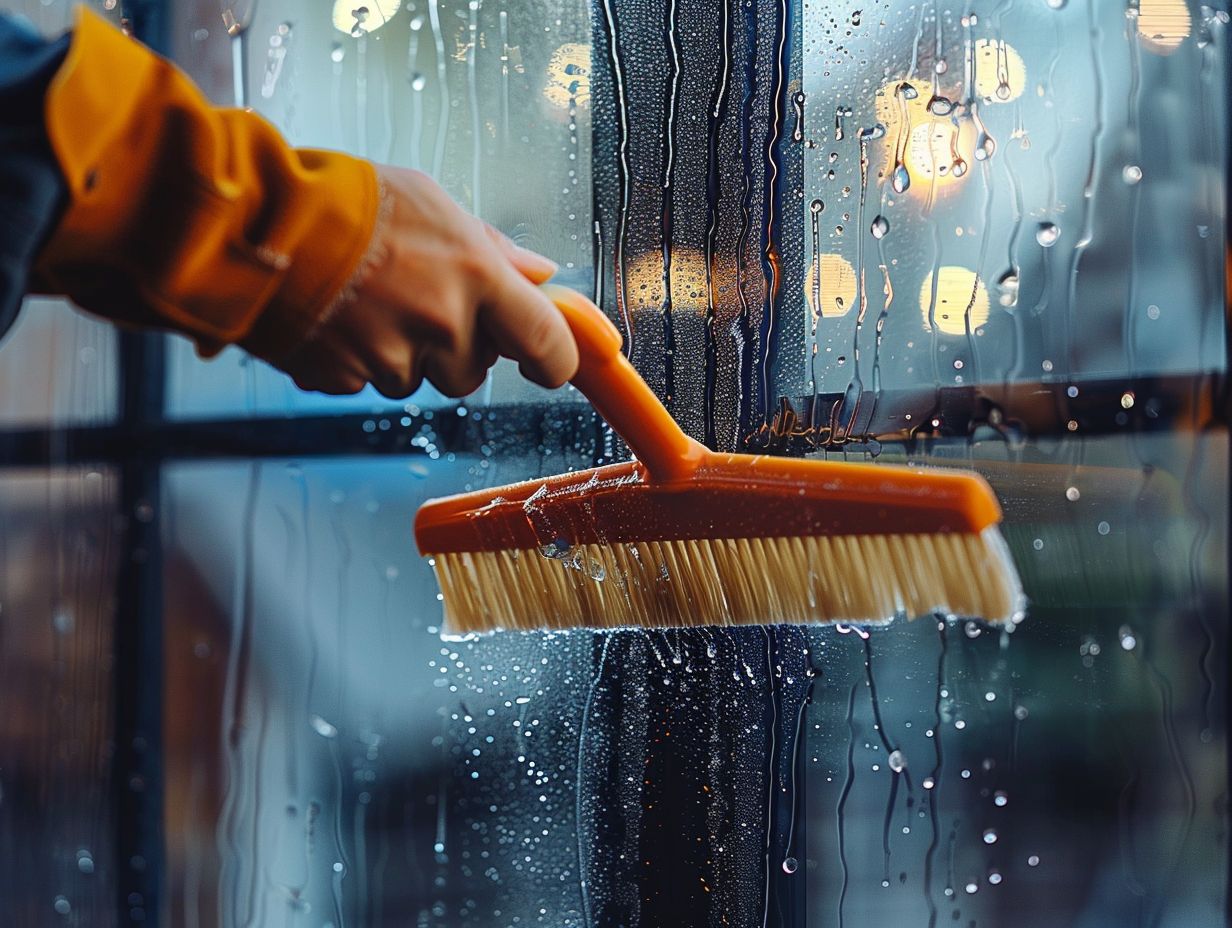
Regular inspections for damage are essential to maintain the structural integrity of coated and treated windows. By monitoring wear and tear, coating integrity, and moisture control, early repairs can be undertaken to prevent further damage and prolong the windows’ lifespan.
These routine checks help identify any issues before they escalate into more significant problems. Examining the windows for cracks, peeling coatings, or signs of water infiltration can save time and money in the long run. Prioritizing preventive maintenance ensures that the windows function optimally and continue to enhance the aesthetic appeal of the building. Timely repairs not only prevent structural deterioration but also contribute to energy efficiency, reducing heating and cooling costs.
Address Any Issues Promptly
Timely addressing of any issues with coated and treated windows is crucial to prevent escalating problems such as mold growth, condensation, or leakage. Proper repairs, safety precautions, and immediate action can mitigate risks and ensure the windows’ efficiency and safety.
When addressing issues with coated and treated windows, it is important to prioritize safety measures, such as wearing protective gear and working in well-ventilated areas. Promptly identifying and fixing any cracks or gaps in the coating can prevent moisture buildup that leads to mold growth. Regular inspections and maintenance routines can help catch potential problems early on, reducing the need for extensive repairs. By taking proactive steps to address issues and implement preventive measures, homeowners can prolong the lifespan of their windows and maintain a healthy indoor environment.
How to Clean Coated and Treated Windows
Cleaning coated and treated windows effectively requires the right tools and techniques to maintain their clarity and protective coatings. By using a suitable cleaning solution, microfiber cloth, and following clear instructions, you can ensure residue-free, streak-free windows.
- Begin by preparing your cleaning solution – a mixture of water and a mild detergent works well for coated and treated windows. Avoid using harsh chemicals that can damage the coating.
- Next, dampen a microfiber cloth with the cleaning solution and wipe down the window surface in a systematic manner. For stubborn residue, gently use a squeegee to remove it, ensuring you don’t scratch the coating.
- Consider investing in specialized window cleaning products that are designed for coated surfaces for optimal results.
Gather Necessary Supplies
- Before cleaning coated and treated windows, gather all necessary supplies such as a gentle cleaning solution, microfiber cloth, and a squeegee. Having the right tools at hand ensures a thorough and effective cleaning process.
The gentle cleaning solution is crucial as it won’t damage the coating or treatment on the windows.
Microfiber cloths are ideal for wiping surfaces without leaving lint or streaks behind, giving you a spotless finish.
Using a squeegee helps to eliminate excess water and cleaning solution efficiently, leaving your windows sparkling clean.
These supplies work together seamlessly to provide you with optimal results, making your window cleaning task much more manageable and rewarding.
Remove Debris and Dirt
Start the cleaning process by removing debris and dirt from the coated and treated windows using a soft brush or vacuum cleaner. Clearing away surface dirt ensures a cleaner outcome when applying the cleaning solution.
This crucial step not only enhances the effectiveness of the cleaning solution but also prevents scratches on the windows during the cleaning process. By gently brushing off or vacuuming loose dirt, you pave the way for a more thorough and efficient cleaning session. Ensuring the removal of debris prevents streaking and smudging that can occur if dirt particles are mixed with the cleaning solution. Taking the time to prep the windows properly sets the stage for a pristine finish that will leave your windows sparkling and streak-free.
Use a Mild Cleaning Solution
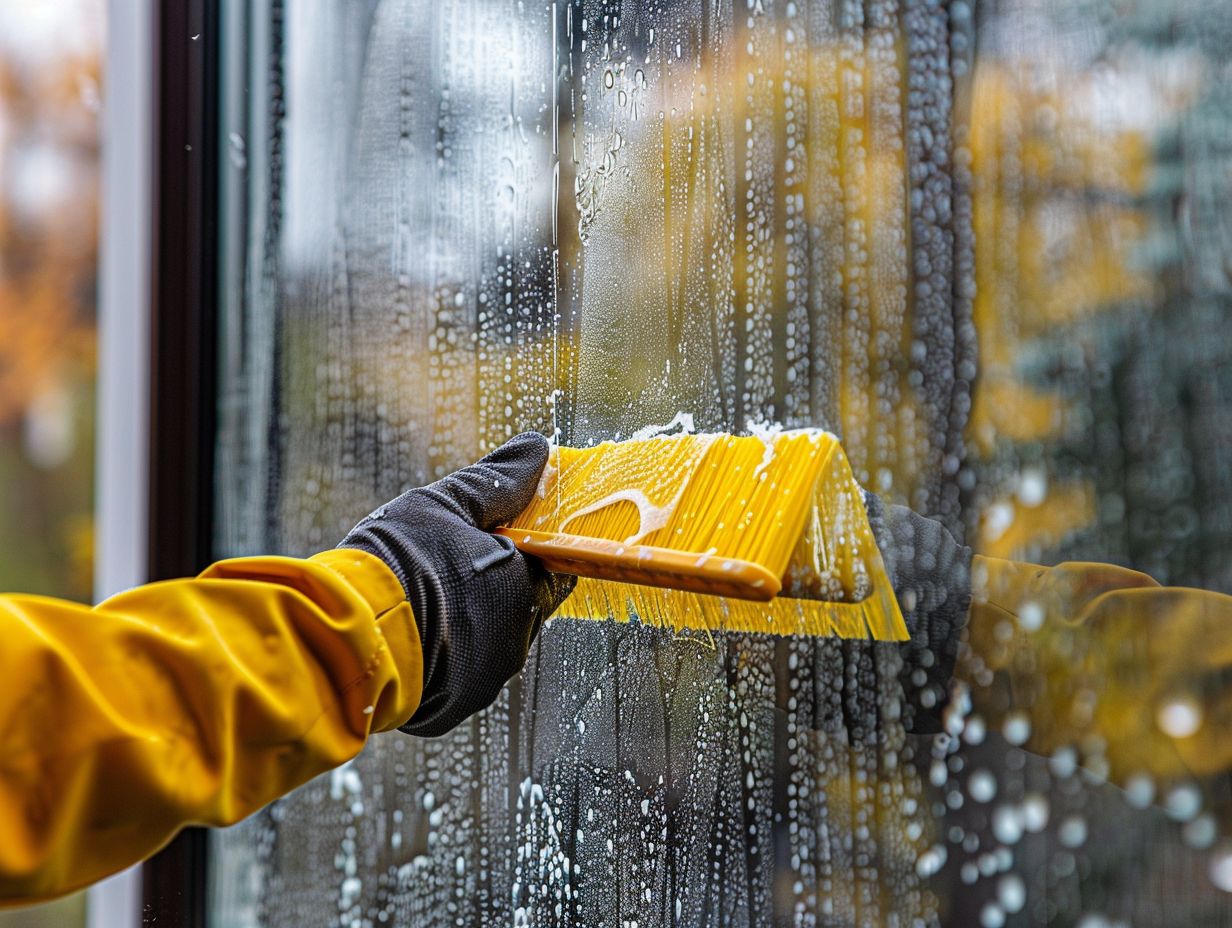
Opt for a mild cleaning solution or a mixture of water and vinegar to clean coated and treated windows effectively. Harsh chemicals can damage the coatings and leave streaks or residue behind, affecting the windows’ clarity.
Using a soft microfiber cloth or a squeegee can help in achieving a streak-free finish. Remember to start cleaning from the top and work your way down to prevent drips and streaks. It’s also advisable to avoid cleaning windows under direct sunlight as this can cause the cleaning solution to dry too quickly, leading to streaks. By maintaining a gentle cleaning routine, you can prolong the lifespan of the protective coatings on your windows and keep them looking crystal clear.
Rinse and Dry Thoroughly
After cleaning the coated and treated windows, ensure thorough rinsing with clean water to remove any residual cleaning solution. Drying the windows with a lint-free cloth or squeegee prevents streaks and hard water stains for a pristine finish.
This step is crucial as any leftover cleaning solution can leave unsightly streaks or residue on the windows, undermining all the effort put into cleaning them.
By using a lint-free cloth or squeegee for drying, you not only achieve a streak-free and clear finish but also prevent the formation of hard water stains which can be a challenge to remove later on.
Remember, proper rinsing and drying play a significant role in ensuring that your treated windows maintain their clarity and shine for a longer period.
How to Protect Coated and Treated Windows from Damage
Protecting coated and treated windows from potential damage involves adopting preventive measures such as using protective coverings, avoiding contact with sharp objects, and considering professional maintenance services to address weather-related risks and maintain sealing integrity.
In addition to these measures, another effective strategy for safeguarding your windows is to invest in weatherproofing solutions that act as an extra layer of protection against various elements. By enhancing the weather resistance of your windows, you can prolong their lifespan and reduce the chances of damage caused by rain, wind, or extreme temperatures. Regularly inspecting the seals and gaskets, replacing them when necessary, and ensuring that the surface coatings are intact are key steps in maintaining your windows’ protective qualities.
Use Protective Coverings
Shielding coated and treated windows with protective coverings during extreme weather conditions safeguards them against potential damage. Exterior coverings help maintain the windows’ integrity and prolong their longevity in challenging climates.
Protective coverings act as a barrier against harsh elements such as rain, snow, and UV rays, preventing deterioration and reducing the need for frequent maintenance. By creating an additional layer of defense, these coverings contribute to enhancing the overall weatherproofing of the building structure, thus improving its energy efficiency and reducing heating and cooling costs. Not only do they offer protection, but they also add aesthetic value to the property, providing a sleek and polished look that enhances curb appeal.
Avoid Sharp Objects
Prevent scratches and damage to coated and treated windows by avoiding contact with sharp objects or abrasive materials. Maintaining a safe distance from potential sources of damage preserves the windows’ aesthetics and prevents unnecessary wear and tear.
It is essential to be mindful of the surroundings near windows, ensuring that any pointed or rough items are kept away to safeguard the window’s protective coating. By taking proactive measures to prevent accidental contact with sharp objects, you can extend the longevity of the coating and maintain the overall appeal of your windows for years to come.
Regularly inspecting the window surroundings and making adjustments to minimize risks of scratches can significantly contribute to the upkeep of your windows’ condition.
Consider Professional Maintenance Services
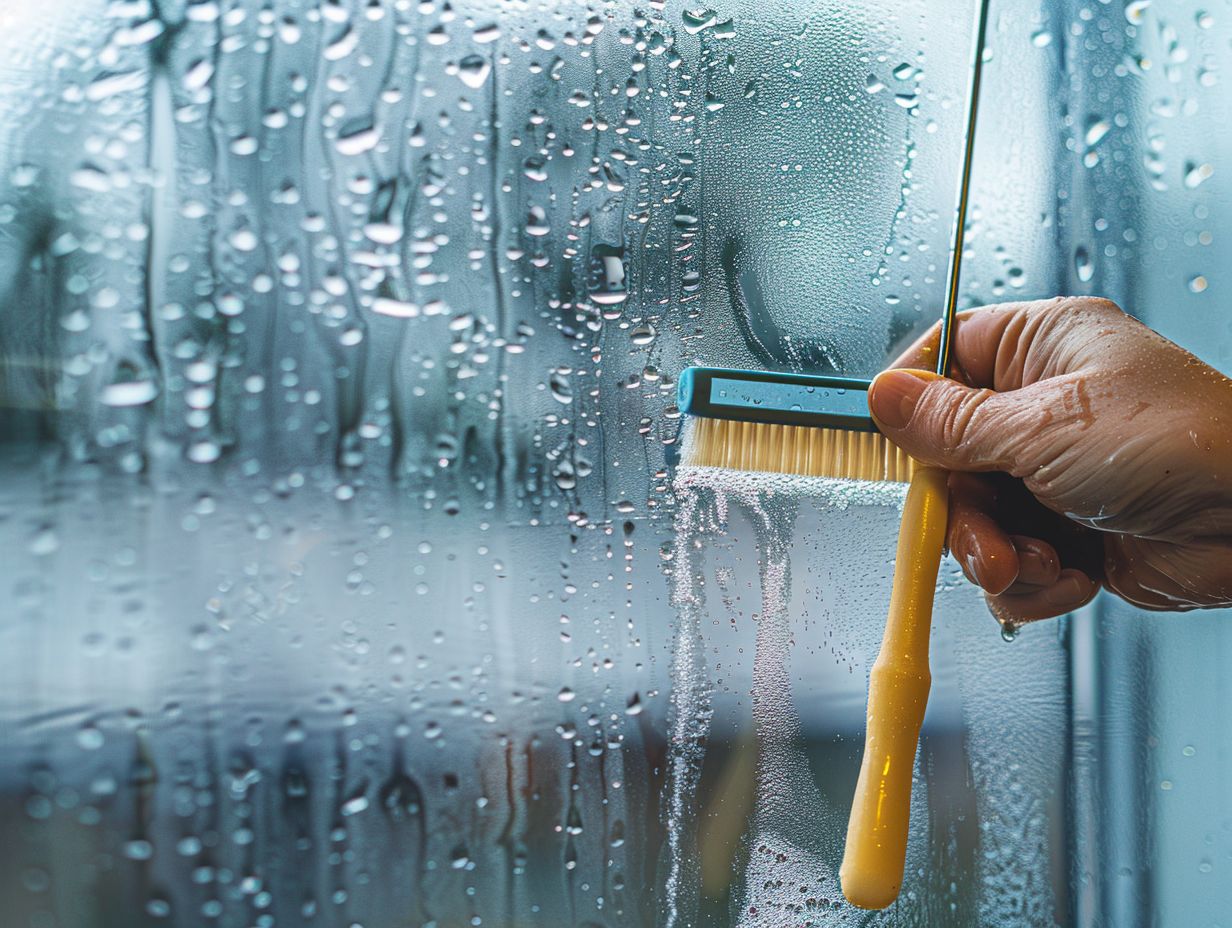
Engaging professional maintenance services for coated and treated windows ensures thorough inspections, efficient repairs, and expert solutions to address issues like leakage and air leaks. Professionals can enhance the windows’ longevity and performance through specialized care.
Such specialized care involves identifying early signs of wear and tear, preventing potential damages before they escalate. Expert technicians possess the necessary knowledge and tools to accurately diagnose and effectively resolve any window-related concerns. By opting for professional maintenance services, homeowners can rest assured that their coated and treated windows will remain in top condition, maximizing energy efficiency and aesthetic appeal for years to come.
Frequently Asked Questions
What are the best practices for maintaining coated and treated windows?
Regular cleaning and proper handling techniques are crucial in maintaining coated and treated windows. It is also important to avoid using harsh chemicals or abrasive materials that can damage the protective coating.
How often should coated and treated windows be cleaned?
Coated and treated windows should be cleaned at least twice a year, with additional cleanings as needed. This will help to remove any buildup of dirt, dust, and grime that can compromise the effectiveness of the coating.
Can coated and treated windows be repaired if damaged?
In most cases, the protective coating on windows cannot be repaired if it becomes damaged. It is important to take preventative measures to avoid damage, such as avoiding harsh chemicals and using proper cleaning techniques.
What are the benefits of maintaining coated and treated windows?
Maintaining coated and treated windows can help to extend their lifespan and effectiveness. It also helps to keep them looking their best and can save money in the long run by avoiding costly repairs or replacements.
Are there any special handling instructions for coated and treated windows?
Yes, it is important to handle coated and treated windows with care to avoid damaging the protective coating. Do not use sharp objects or abrasive materials on the surface and avoid touching the coating with bare hands.
What should I do if I notice damage to the coating on my windows?
If you notice damage to the coating on your windows, it is best to consult a professional for advice. They may recommend a specific cleaning product or other solution to help restore the protective coating.




